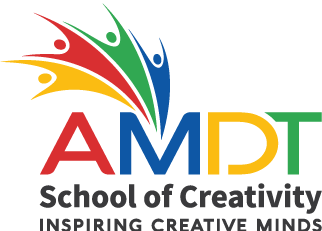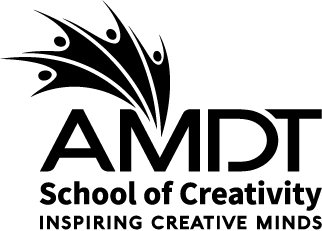Getting started in UX Design
5 years ago, working as a UX Designer wasn’t heard off because the job hardly existed, and now it’s here to stay for good – and concur the Creative industry. So like the famous Steve Jobs once said,
“DESIGN is not just what it looks and feels like. It is how it works”
And the goal of a UX or User Experience Designer is not only to focus on what a product looks like but also to focus on how it works with users. Their job could come from a research point of view, a psychological view and a human behavior-focused view.
So to make things more simple, here is an example of a user eating cereal, and in that, there’s a lot of factors to consider, like the crunch of the cereal, the size of the bowl, if the spoon holds enough cereal, etc. and these factors together form user experience.

The job of a UX Designer and its common stereotypes
The important thing to know here is that the experience already exists for the user to enjoy and our job as UX Designers is to make that experience the best by looking at the behavioural patterns and the habits of people to that relevant product.
A job as a UX Designer allows you to be more creative at the same time helps you solve real user problems and actually improve people’s lives.
One common misconception is that you have to be artistic and have a good set of design skills and, that’s not true!
Becoming the next “Elon” of the UX industry
Now we know that UX is responsible for the failure or success of a product on the market, but how do we achieve what we need, well, here are the three main factors to look out for – USABILITY, DESIRABILITY & VALUABLE, and when we nail those three factors we have designed the best user experience.
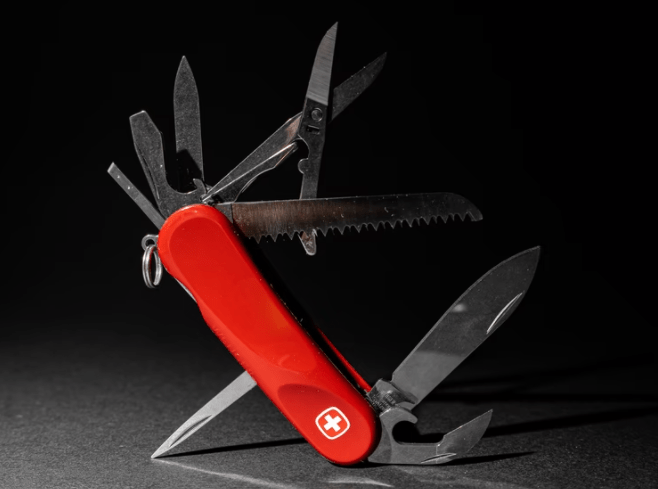
Usability
You only want to bring products to market if it’s useful and has a proper use for their target customers because with no purpose your product is unlikely to be able to compete for attention on the market among other products like ours.
Always keep in mind that usefulness is in the eye of the beholder, which means that the usability of a product is calculated by the customer in other words user.

Desirability
Desirability is conveyed when branding, image, identity, aesthetics, and emotion are added to your design.
The more desirable a product is, the more likely the user would start bragging about it, which means other users would desire it and grow product popularity, thereby helping the product thrive on the market.
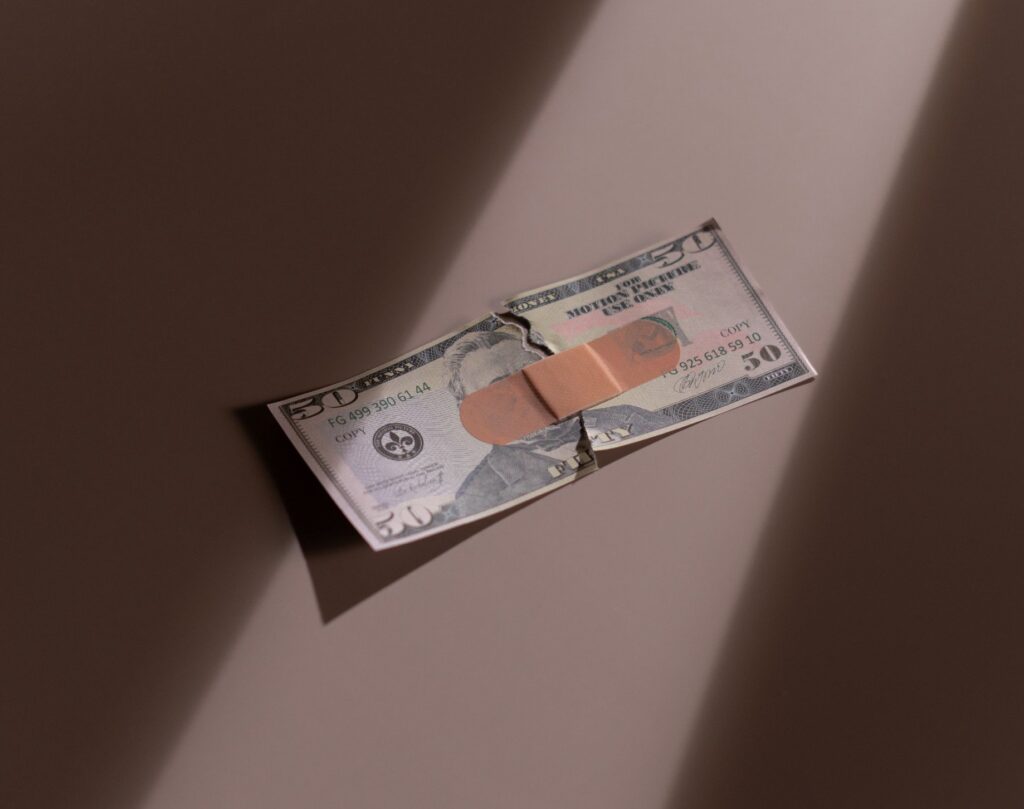
Valuable
The product must deliver value to the business which creates it and to the customer who buys it and uses it, without value, it’s unlikely that the initial success of a product would be great.
A product can provide value to different users in different ways, for example, some users would appreciate the usability over its desirability and vice versa. This means that the value factor is really the sum of all the factors put together.
The more desirable a product is, the more likely the user would start bragging about it, which means other users would desire it and grow product popularity, thereby helping the product thrive on the market.
NOT TO WORRY ABOUT YOUR SKILL, BECAUSE…
Skill is something that gets better the more your practice and not impossible to perfect, here are some ways you can improve your skill:

1. Daily research and reading
Everything is shifting so quickly that mastering topics like colour theory, typography, layout and alignment, and human-computer interaction are essential if you want to be top of the list. People have a certain way of interacting with products, and it’s your duty to make way for them. To do so, you’ll need to observe their behavior in various situations and learn how people think and what they’re searching for while using a product.
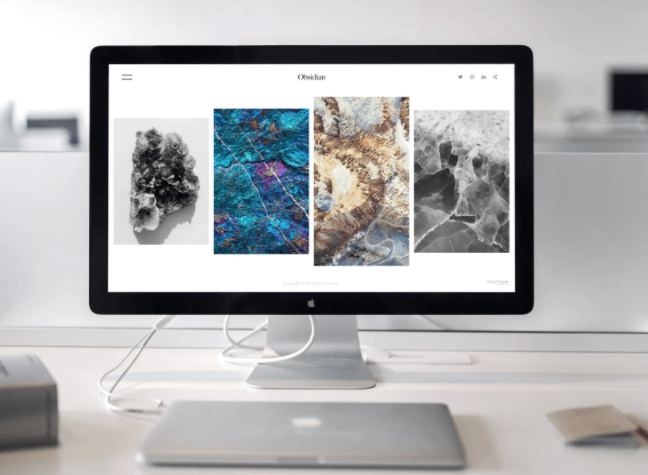
2. Recreate existing designs to build skill
Recreating designs that already exist will allow you to grab a sense of spacing, size, colors, and so on. This is not an issue as long as you do not sell the designs and simply use them for practice. Ask yourself questions to help you understand what makes that design unique. Concentrate on certain design components like navigation bars, buttons, and colors, among others.

3. Work as a freelancer
Freelancing allows you to try new things and step outside of your comfort zone. What better approach to improve your talents than to take on new challenges, innovate design styles, and practice them?
Freelancing does not require certification, as long as the client is satisfied with your work, that’s all that matters, in addition, it can help you learn how to connect with clients, plan your time, and deal with difficult situations that require changes to your design.
There are several freelancing sites available, but here are a few that can help you get started:
https://www.freelancer.com
https://www.upwork.com
https://www.guru.com
In Conclusion
Being a UX designer is a process of continually enhancing your abilities and knowledge. Share what you’ve learned with others, take criticism, and utilize it to your benefit in order to improve your skills. Making errors is an important aspect of developing your talents and perfecting your approaches. So keep going and you are bound to become one of the greats!
So you think UX Design is your thing? Check out our Degree level qualification in UX.
